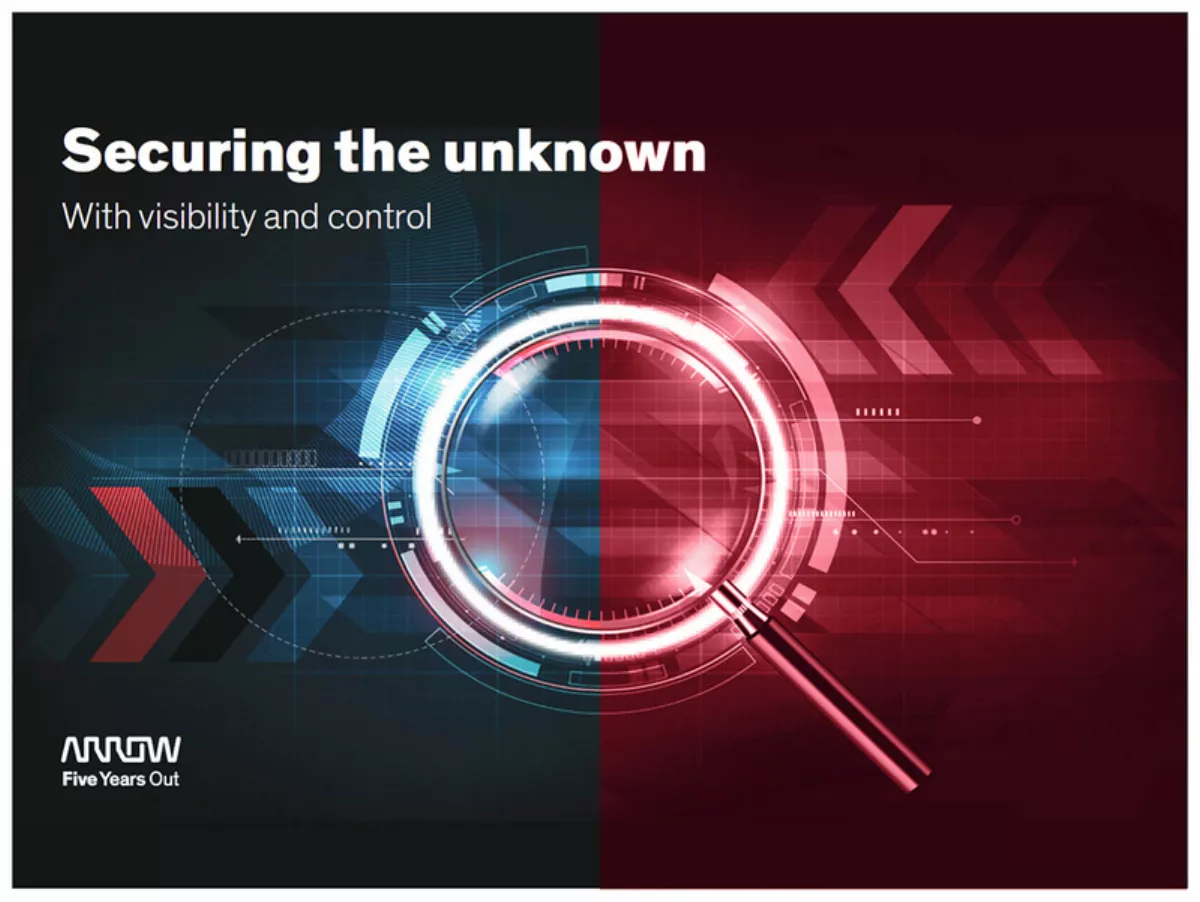
Securing the unknown with visibility and control
Once security conversations start, they can quickly turn into a complicated mess of noise about products, prices, margins and elements that detract from the larger conversation: digital transformation cannot happen without security.
Organisations need to take informed risks about how they innovate and monetise their data – but nobody can secure their organisation or their data against what they can't see and don't know is there.
IDC predicts that by 2020, 1.7 megabytes of data will be created every second for every person on earth. That colossal amount of data generation from increased adoption of devices (for example the Internet of Things), means businesses managing that data face ever-increasing levels of complexity.
We live in a world of breach expectation: It's not a matter of if a breach will happen – it's a matter of when.
Make no mistake, the cost of ignoring the risks will burn holes in organisations' pockets. In Australia alone, the economic impact of cybercrime could potentially cost $17 billion.
Australian organisations may also be approaching cybercrime and security in a less-than-effective approach: Telstra's 2019 Security report states that 51% of organisations that were hit by ransomware ended up paying the ransom.
What's more, only 6% of organisations have defined their cybersecurity risk posture, according to BDO and AusCERT.
Add a security skills shortage and increasing levels of regulation such as GDPR and Australia's NDB scheme, it's not just a matter of finding the right products to protect against breaches; it's also a matter of finding the right staff and maintaining compliance with these regulations.
With a seemingly endless number of elements at play, defining security goals and a strategy to achieve them is the only starting point. That's the view of value added distributor Arrow ECS ANZ.
What's getting in the way of an organisation's security health and what needs to happen to secure those vulnerabilities? What assets does an organisation own? How does an organisation gain visibility? Where do the assets live? Who has access to those assets?
These are just a few of the talking points to put organisations on the right path to defining a security strategy that works for their own needs.
Of these, it all comes back to gaining visibility, because organisations can't protect what they can't see.
Arrow has compiled these tips and more in an eBook called Securing the unknown with visibility and control.
In this eBook, you will find recent security statistics, how the skills shortage and regulatory compliance affect security strategies, case studies, how organisations can future-proof security strategies, and much more.
Take the first steps to security visibility – download the eBook now.



